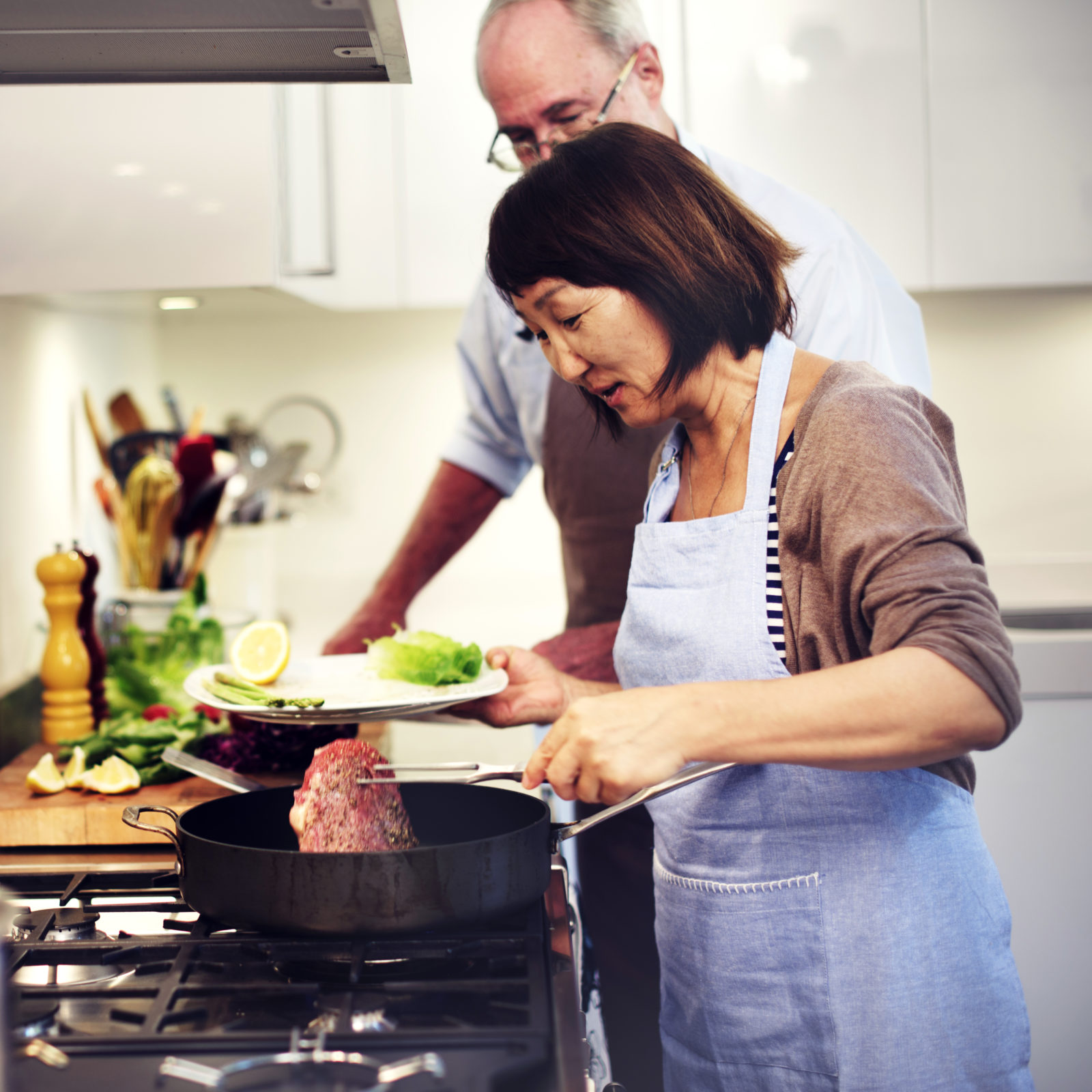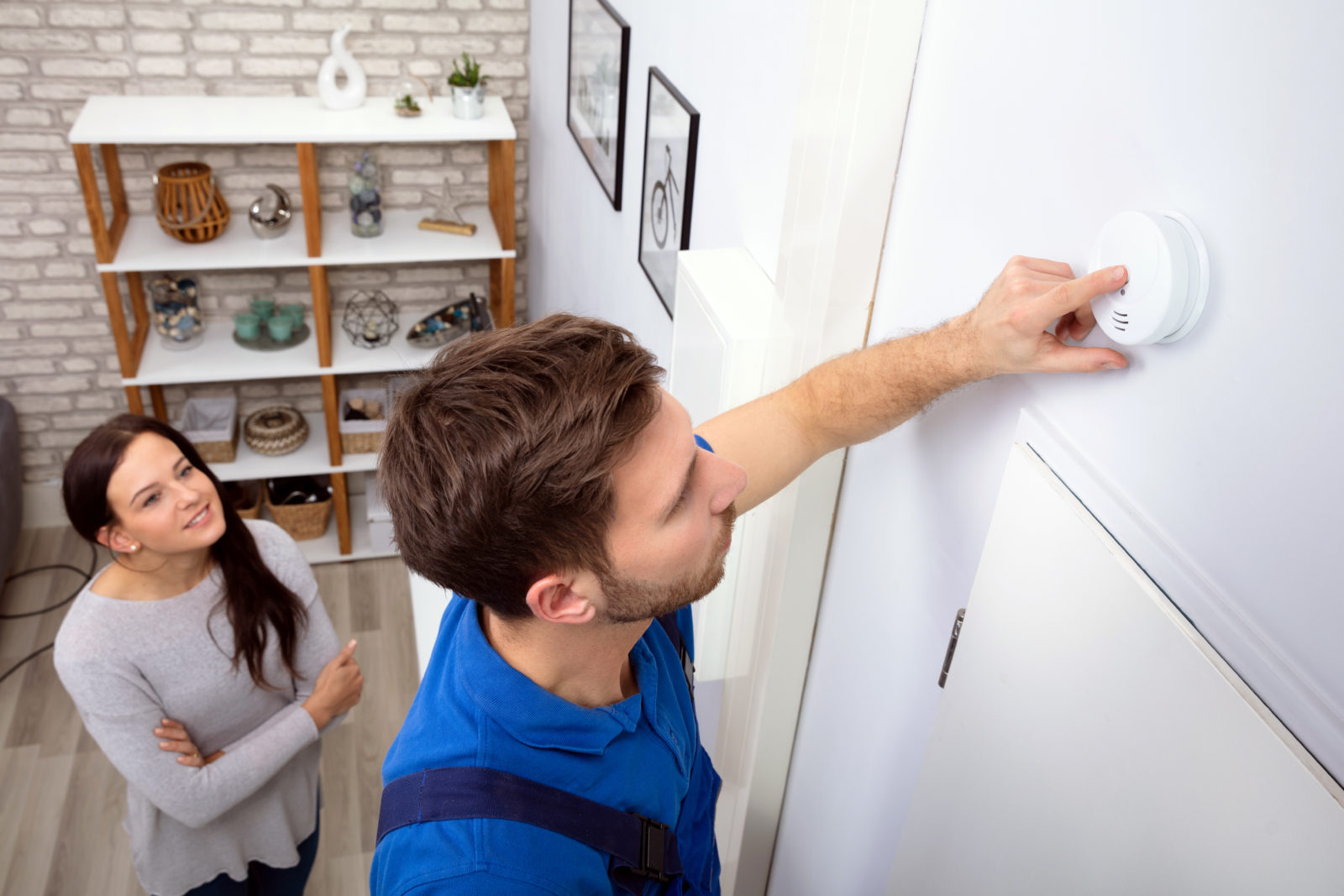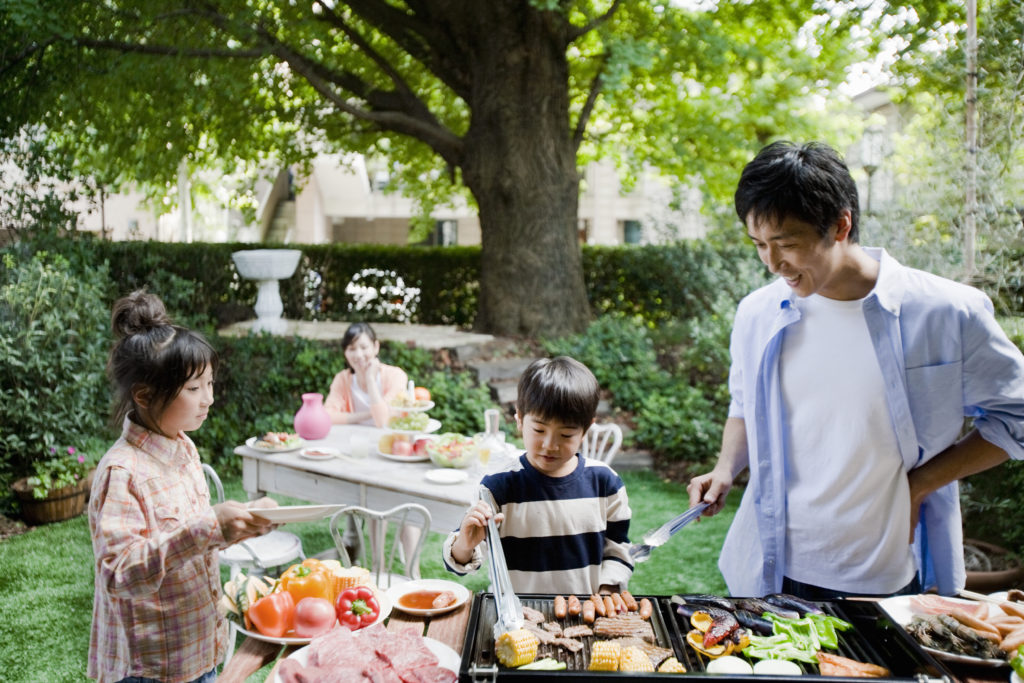Safety is a high priority for the hundreds of utility companies providing homes with access to affordable and reliable direct use of natural gas in communities across the country. Each utility is committed to educating its customers on proper natural gas safety for cooking, ventilation, inspections and leak detection. As a natural gas customer, it’s important to understand and be aware of the proper home and cooking safety measures when operating natural gas appliances in your home.

Genius tips for keeping your home and family safe
- Learn how to detect a natural gas leak in your home and teach your family members.
- Have your gas appliances inspected regularly to prevent and identify possible leaks in your home.
- Protect your family by keeping young children away from heat producing appliances like a stove.
- Install detectors in your home so that you’ll be alerted if there’s a natural gas or carbon monoxide leak.
- Understand where your natural gas valve is located and learn how to shut it off in case of an emergency. A best practice is to ensure every adult in your household knows how to shut off your home’s natural gas valve.
- Always keep at least one multipurpose fire extinguisher in your home.

What to do if you have a natural gas leak
For your safety, natural gas utilities odorize natural gas to make it easy to detect a gas leak. If you notice your home or a portion of your home smells like rotten eggs, you should take action immediately.
If you experience a gas leak in your home, you and your entire household should leave the home immediately and find a safe space away from the home to wait as you call for help. If time allows, open all exterior windows and doors to allow ventilation of the gas before leaving your home.
To report a gas leak inside your home, call your local utility company, 911 or your local fire department.

Safety of Cooking with Natural Gas
Cooking on a natural gas stovetop is a very safe way to cook and offers many benefits including quick startup, even temperature control and reliability during outages. As with any cooking, it’s important to follow a few simple steps to keep your family safe.





